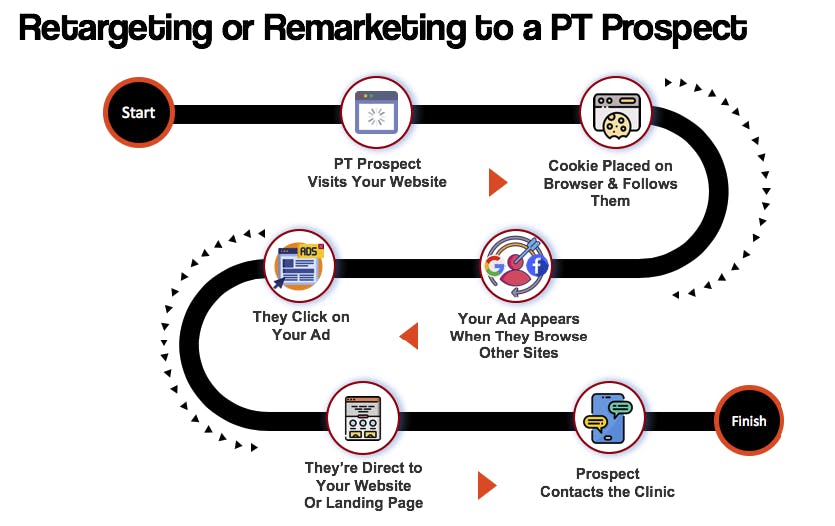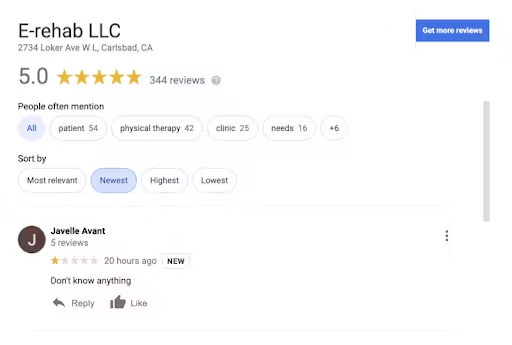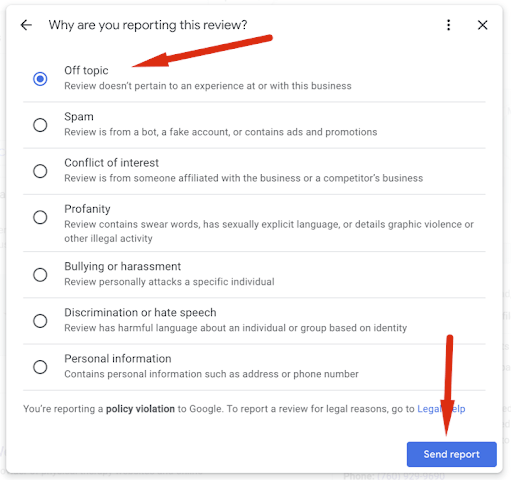PT practice owners and marketing staff need to be familiar with social networking sites’ tools and customization possibilities, especially as they pertain to visual content. Instagram has become one of the top social networks, so I put together a summary that compares and contrasts the four Instagram content formats (posts, stories, reels, and IGTV). In this article, we’ll compare the various content types to help you choose the one that’s best for your business.
Instagram Physical Therapy Posts
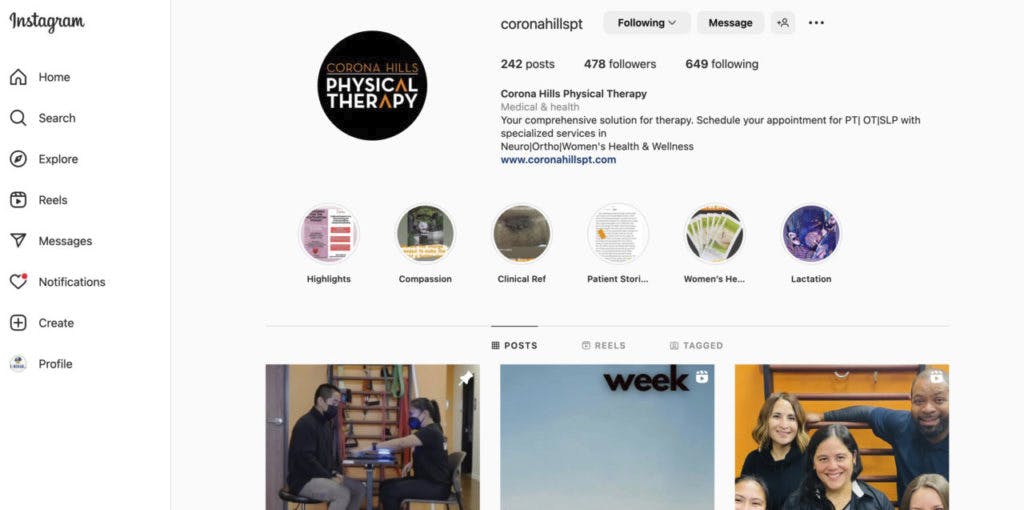
Let’s get started with Instagram updates first. These are the tried and true, always-there updates to your brand’s feed. Photos, videos, or a combination of the two (up to 10 minutes in duration) are acceptable media for posting. In addition, captions, hashtags, and links added to a post make it a powerful tool for publicizing an event, product, or service and attracting new visitors to a website.
Instagram Stories
Moving on to Instagram’s story feature, these temporary updates show at the top of a user’s feed for just 24 hours before disappearing. Photos, videos, or a combination of the two can all make up a story, and videos can be up to 15 seconds in duration. In addition, stickers, emoticons, and music can add a creative twist to your stories and further connect with your audience.
The freedom to experiment and express oneself is a significant differentiator between stories and postings. Additionally, due to the temporary nature of stories, businesses are free to be more open and honest in their portrayal of employees, processes, and products. This can assist in giving your company a more personable vibe and endear you to your target market.
A Quick Comparison Table
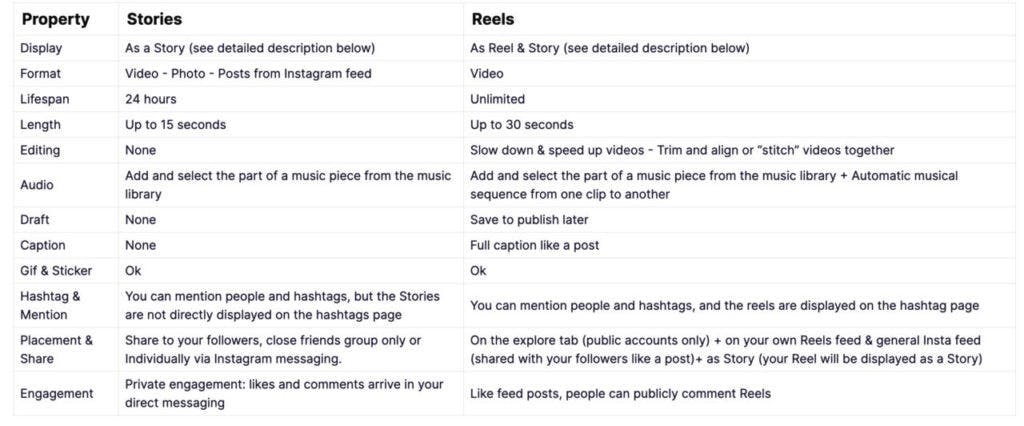
Source Pictalio
Instagram Reels
Instagram Reels are a recent addition that facilitates the production of high-quality, branded, musical short films. Up to 15 seconds in length, reels can be altered with many artistic options, including accelerating or slowing down video, adding text and stickers, and applying various filters. Because they are a fun and engaging method to connect with their audience, reels have exploded in popularity on Instagram, particularly among artists and influencers.
The primary focus of a reel is on amusement, which sets it apart from other Instagram material. Reels are meant to be shared and become viral, while posts and articles can be used to sell companies and services. Because of this, they are a fantastic choice for expanding one’s platform presence and drawing in more customers.
IGTV – Don’t Bother IMHO
And now, we’ll wrap things off by talking about Instagram TV, or IGTV. Brands now have a dedicated app, IGTV, to make and distribute films up to an hour in length. You may search for and find IGTV videos through the explore page, hashtags, and user profiles.
The length and presentation of videos on IGTV are two key distinguishing features from the rest of Instagram’s content. In contrast to the short, vertical videos that can only be used in posts, stories, and reels, IGTV supports longer, horizontal videos that are more like broadcast television. This makes IGTV a fantastic platform for businesses to share instructional or educational videos, interviews, or product demos.
Did This Help? Let Us Know
So, that’s it for this week’s blog post. Physical therapy marketing, especially on a social media platform like Instagram, can be confusing. However, understanding the different kinds of posts and how to use them best is undoubtedly an excellent start to crafting a solid social media marketing strategy.






